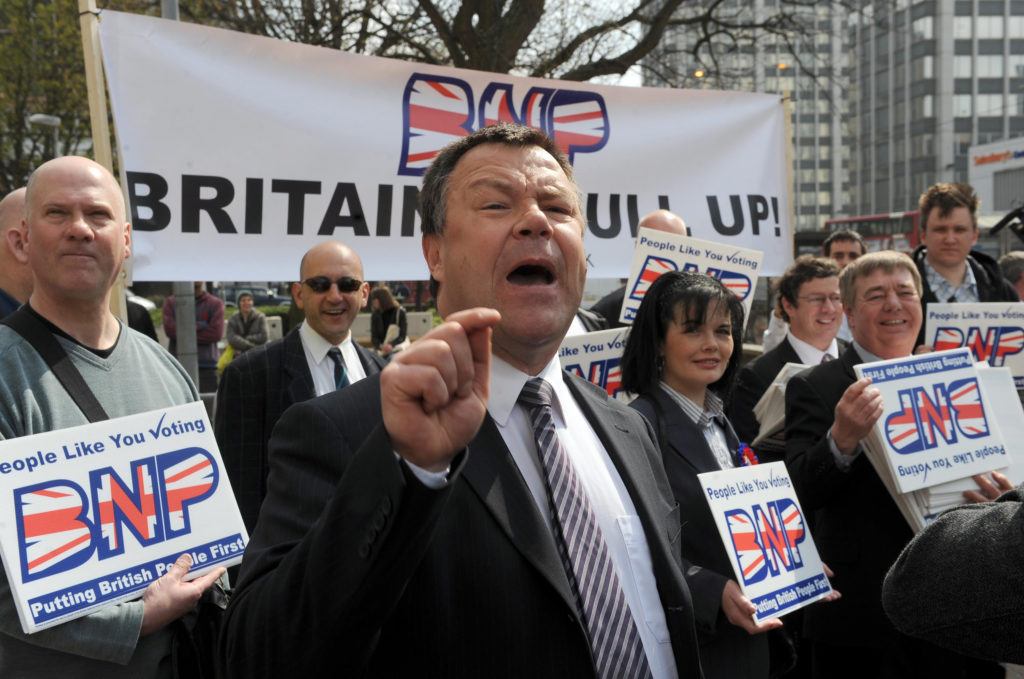The Pearly King of Highgate, descended from London's original working-class street traders. Credit: Dan Kitwood / Getty
We all know the propaganda. London: it’s the best city on the planet. A vibrant metropolis, at ease with its diverse, tolerant self. A shining example to the world of how folk from different backgrounds and cultures can rub along together.
At least, that’s what we’re invited to believe. But the truth is that this depiction of our capital city is not one recognised by millions of its citizens. And that’s because London is, in fact, a tale of two cities.
There are the gentrified hotbeds of liberal cosmopolitanism – the Islingtons and Camdens – top heavy with the professional classes and cultural elites, the type of areas that were a bedrock of Remain support in the EU referendum.
But, then, there are those places outside the bubble. On the one hand, the grittier, traditional working-class areas – the Canning Towns and Bermondseys – populated by those steamrollered by globalisation, for whom austerity and mass immigration have exacerbated the problems of low wages, poor housing and under-pressure public services. On the other, the middle-class suburbs – the Upminsters and Eastcotes – inhabited by those who sense that their small ‘c’ conservativism is increasingly incongruous with the image of their city as a beacon of progressive modernity.
It is between these places that a new and unintended coalition has emerged, born out of resentment at having to watch their old-fashioned, socially conservative – what some describe as ‘faith, family and flag’ – views shunned and disparaged by the liberal elite. You can see something similar writ large across England: an accidental alliance between once-loyal Labour voters in the post-industrial towns and Conservatives in the shires. It’s an alliance which manifested itself most starkly in the Brexit vote.
For the Londoners that fall within these groups, their city is not the harmonious and cohesive ideal seen through the eyes of the chattering classes. It is, instead, a place that is increasingly atomised, where millions feel a diminishing sense of belonging and in which entire communities living within a few hundred yards of each other live utterly parallel lives.

 Main Edition
Main Edition US
US FR
FR







Join the discussion
Join like minded readers that support our journalism by becoming a paid subscriber
To join the discussion in the comments, become a paid subscriber.
Join like minded readers that support our journalism, read unlimited articles and enjoy other subscriber-only benefits.
Subscribe